The power of hearing aids
- By:VOHOM
- 2024-05-20
- 945
In the field of hearing aid system design, the integration of interdisciplinary knowledge is crucial, encompassing key disciplines such as electrochemistry, electrical engineering, and audio engineering. This article will focus on the intersection of electrochemistry and electrical engineering, exploring how they work together to enhance the performance of hearing aids. As a core nonlinear component, the battery's performance is maximized by achieving a precise match with the electrical characteristics of the hearing aid—voltage, discharge rate, and internal resistance.

With continuous technological innovation, the "675" type button cell, with its outstanding performance, has become the preferred power source for most behind-the-ear hearing aids. When hearing aids require more power, people turn to the larger, but less specialized LR6 "penlight" batteries.
Although a higher voltage can theoretically improve circuit efficiency, the promotion of 3V lithium-based batteries in the market still faces some challenges. Lithium-based batteries are favored for their high energy density, but there are still some technical issues to be resolved. Looking to the future, the market may prefer low-voltage metal-air batteries that are both environmentally friendly and have a long service life. In particular, the recently introduced zinc-air battery system, with its environmental characteristics and potential, is expected to become the mainstream battery technology in the future, gradually replacing traditional mercury batteries and alkaline batteries.
-
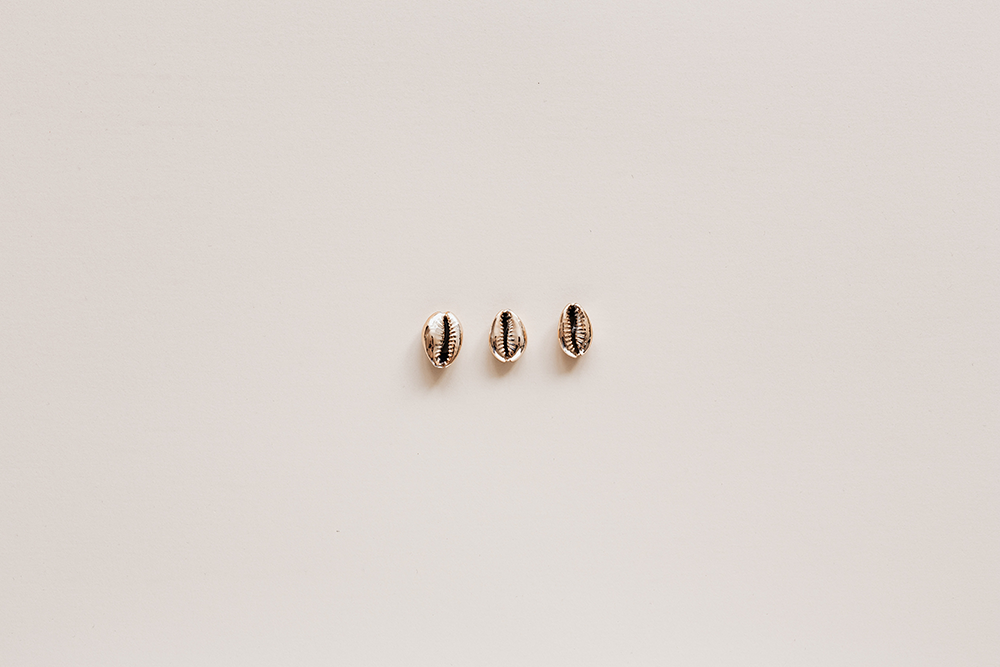
Common Problems of Hearing Aids in Use
2023-10-20 -

What is a DIGITAL HEARING AID?
2023-10-20 -

What is the Advantages of Self-fitting Hearing Aid?
2023-10-17 -

Differences between different channel hearing aids
2023-10-20 -

What is OTC hearing aid?
2023-10-17 -
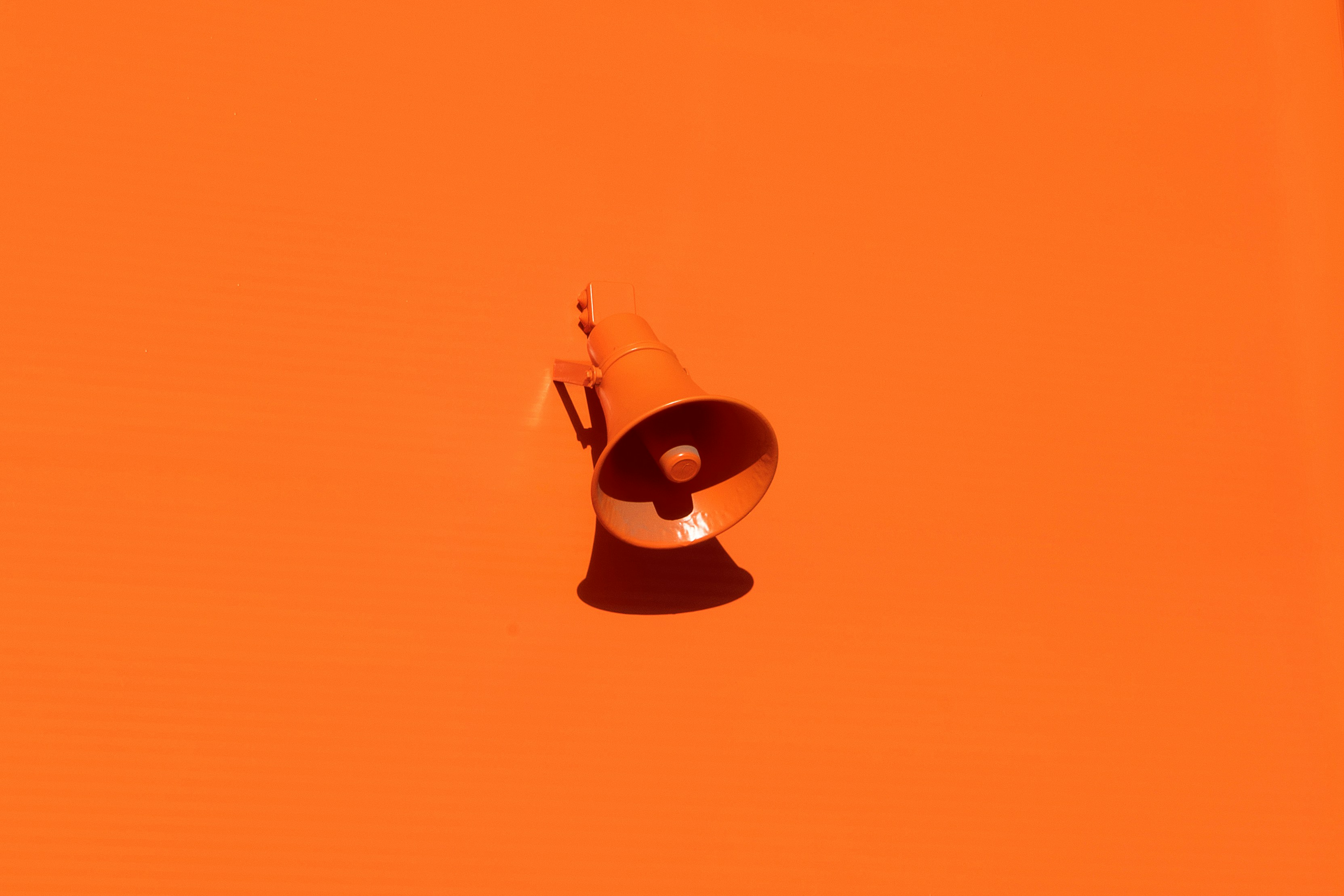
Return to tranquility: The auditory experience of simulated hearing AIDS
2024-04-07 -
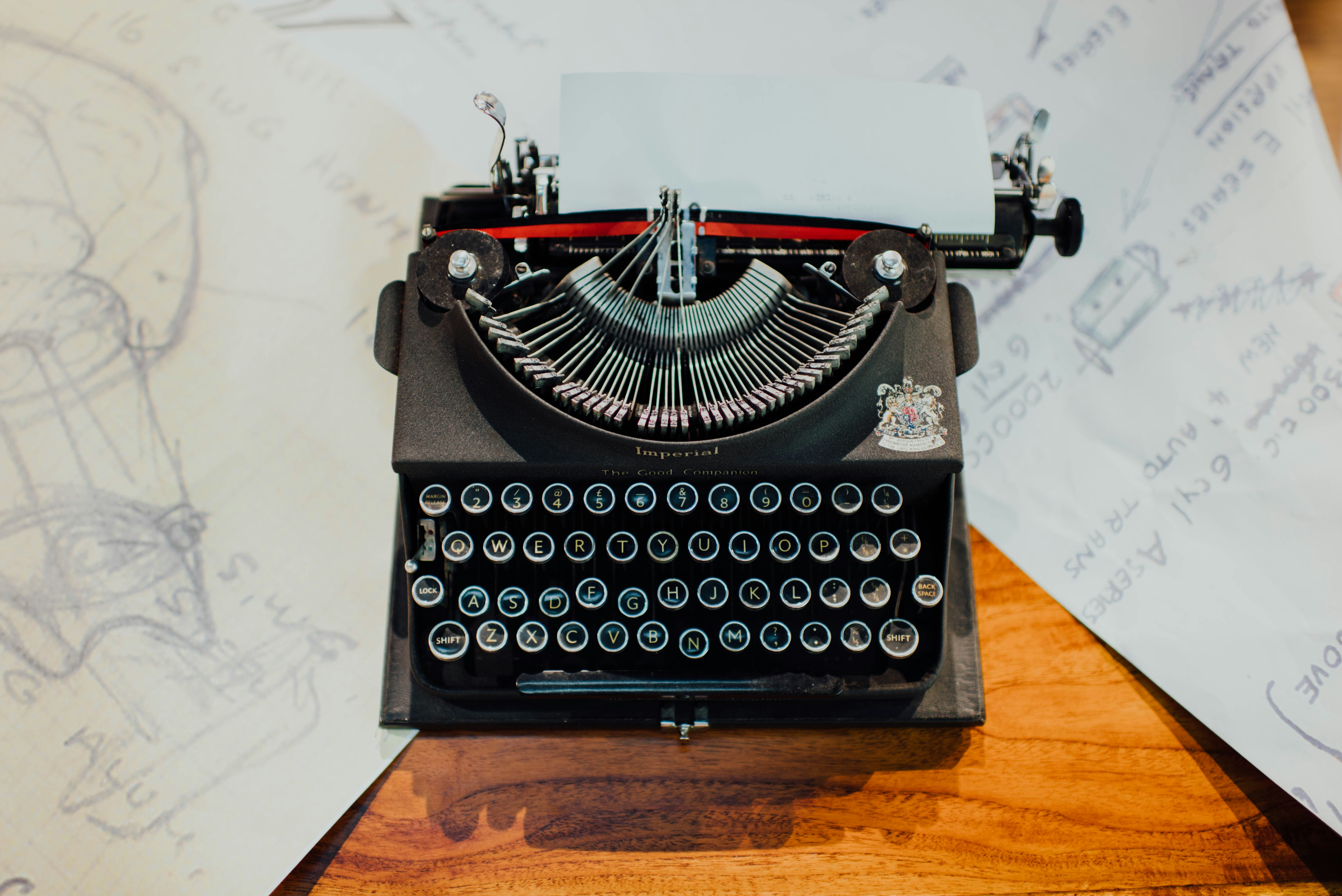
How hearing AIDS work
2024-04-29 -
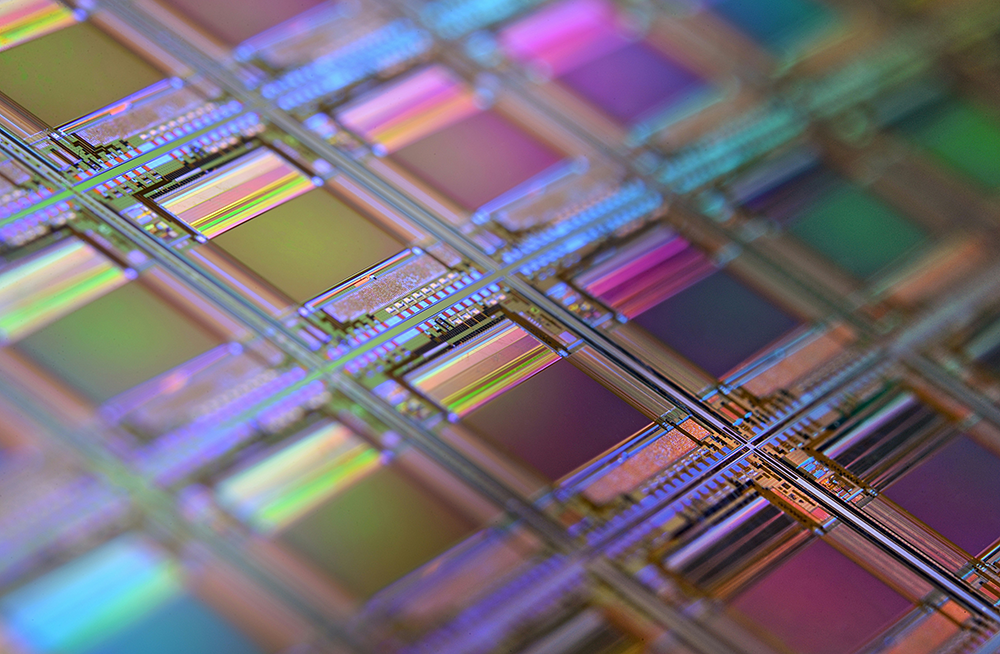
Easy charging for clear sound quality: Discover the benefits of VOHOM's innovative BTE hearing aid model
2024-05-14 -

The power of hearing aids
2024-05-20
-
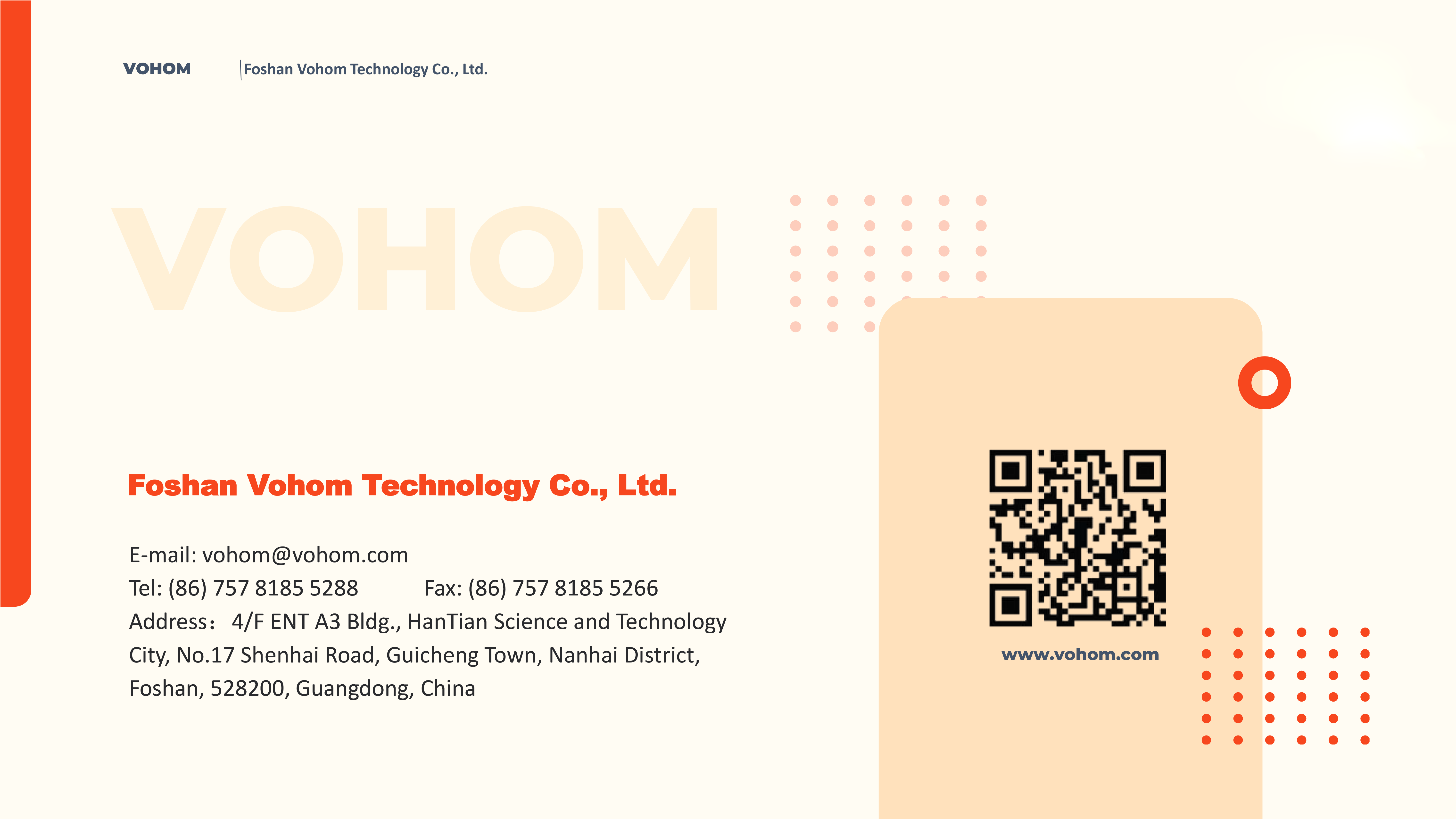
ABBREVIATIONS
2024-04-09 -

Children Needs the Hearing Aids for Listening
2023-10-20 -

Don't wear hearing AIDS when there's no one in the house?
2023-10-28 -
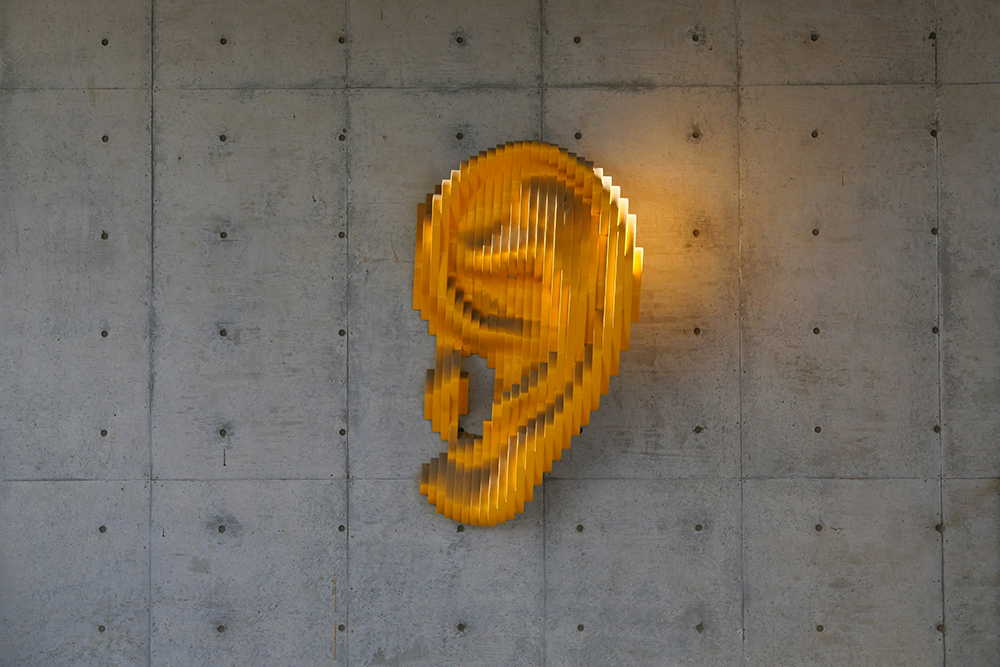
Hearing aid channel selection: Listen to the beautiful melody of life
2024-03-26 -
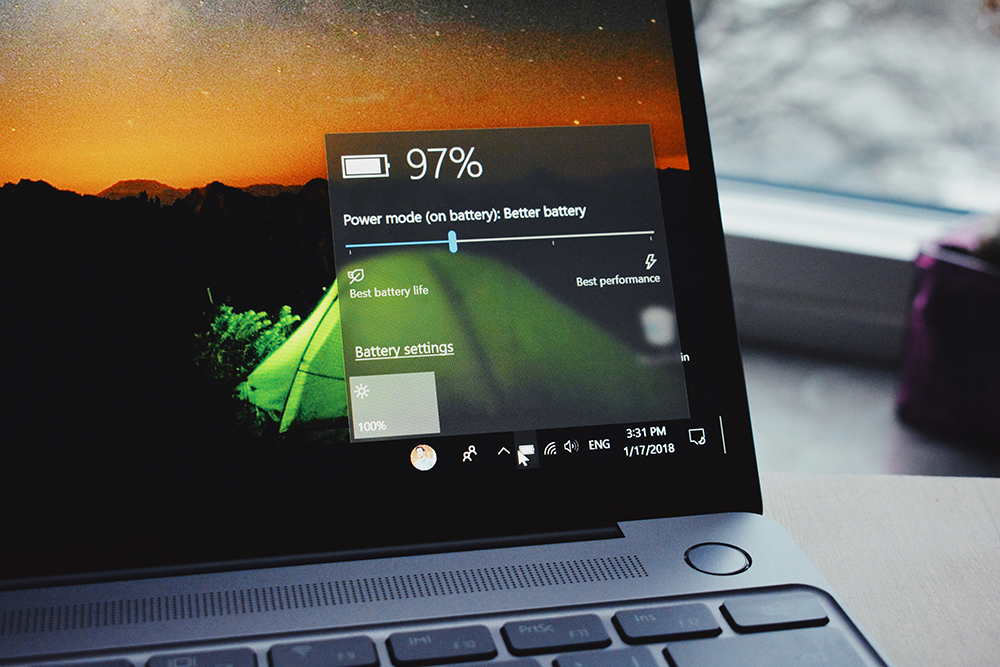
Choose a rechargeable hearing aid: an environmentally friendly, affordable and convenient hearing solution
2024-04-18 -

What is the experience of buying hearing AIDS for the elderly?
2024-04-10 -

Do we need to choose the perfect noise reduction hearing aid?
2024-04-13 -

How to choose a variety of hearing AIDS?
2024-04-18 -

Daily maintenance of hearing AIDS
2024-04-22
-

What Kinds of Hearing Aids in the Market
2022-06-01 -
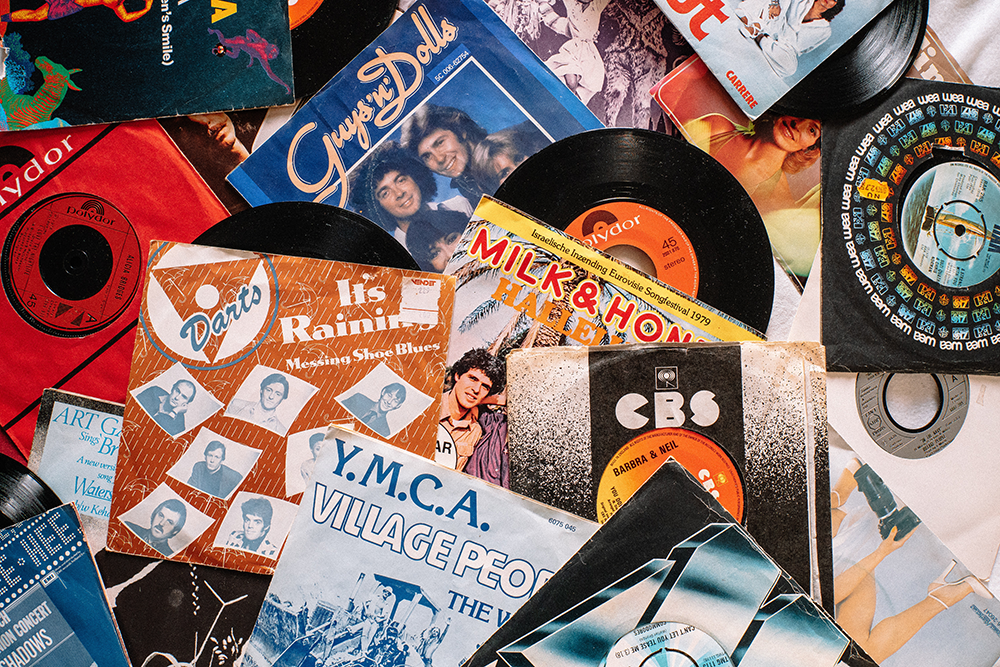
Alert! More than a billion young people are hearing or impaired. Do you have these habits?
2023-10-20 -
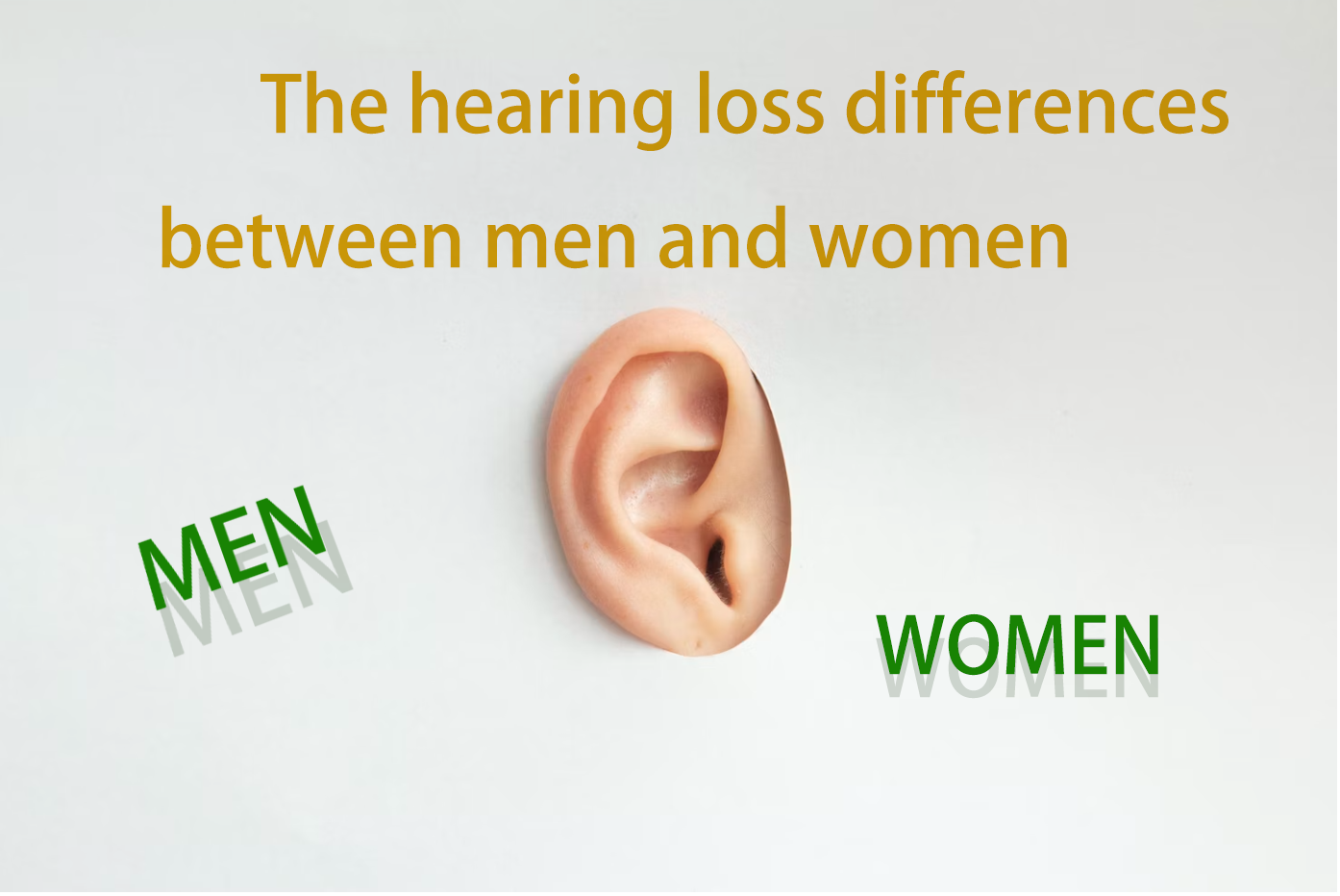
The hearing loss differences between men and women
2023-10-20 -

Hearing loss: A neglected health problem
2024-04-08 -

Does Tinnitus Cause Hearing Loss
2024-04-02 -

Can wearing hearing AIDS cause high blood pressure?
2024-05-08
CONTACT US


Foshan Vohom Technology Co., Ltd.
We are always providing our customers with reliable products and considerate services.
If you would like to keep touch with us directly, please go to contact us
-
1
Hey friend! Welcome! Got a minute to chat?

 Japanese
Japanese
 Russian
Russian
 Spanish
Spanish
 English
English

